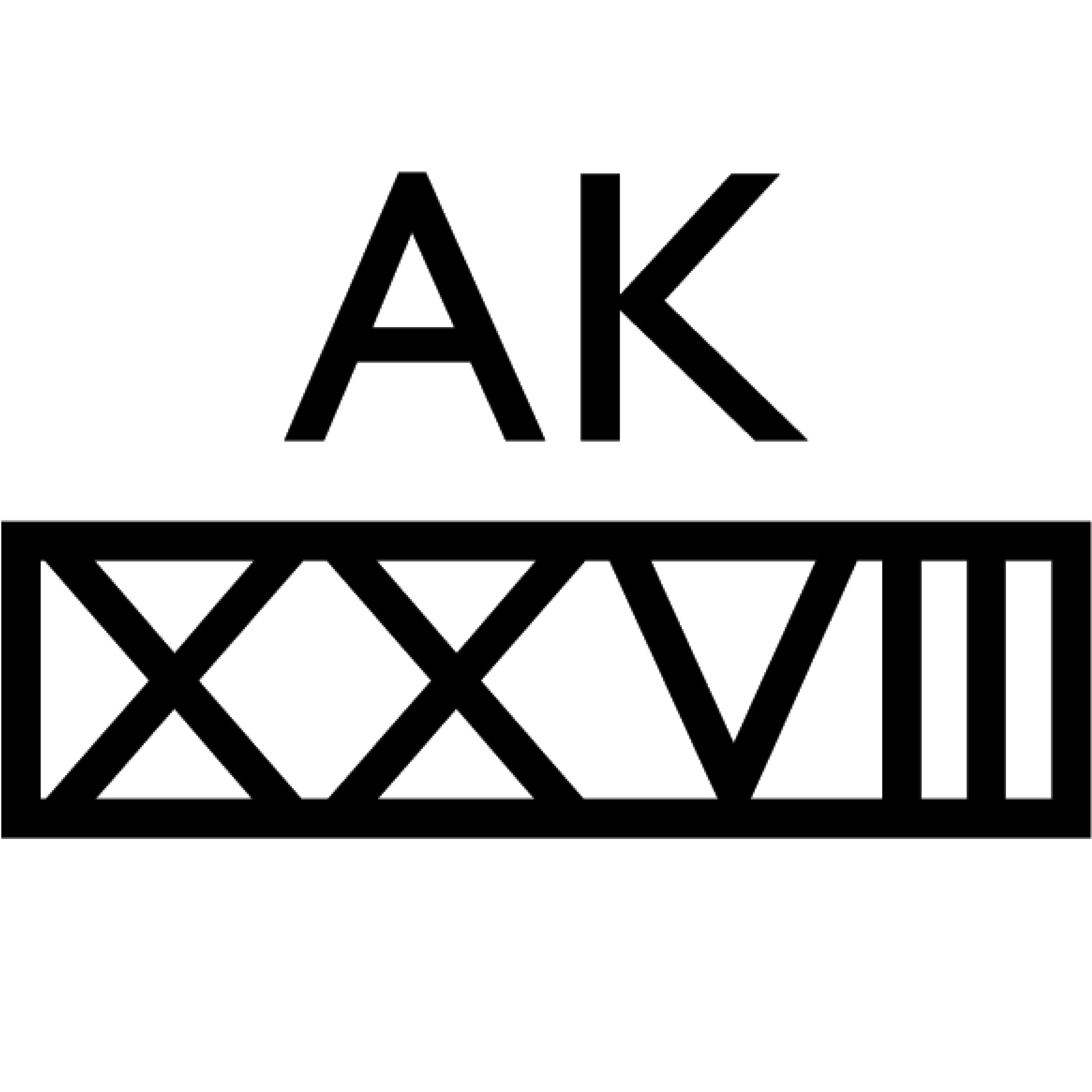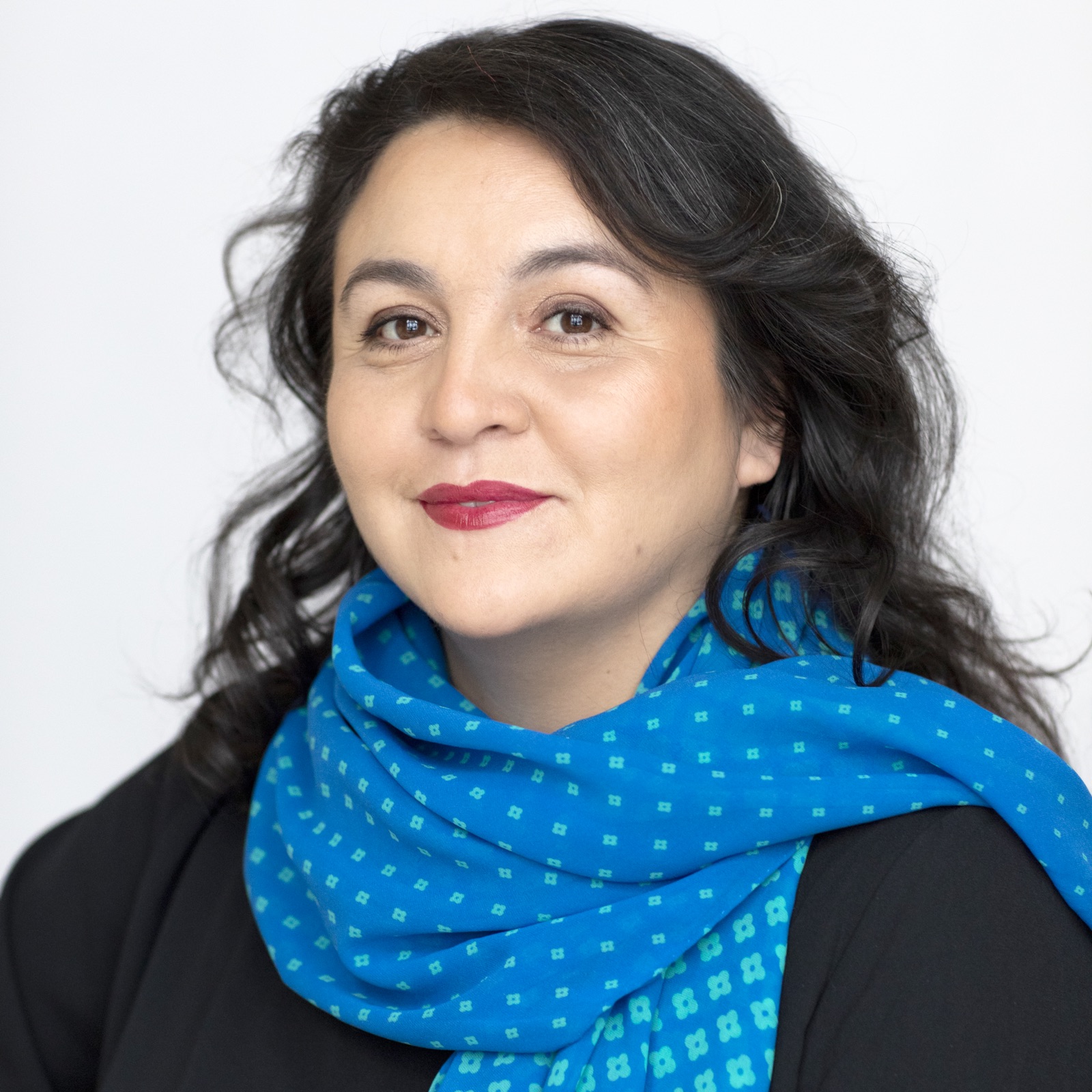Uncategorized
Alejandra Huerta
Alejandra, you are an artist who made an extraordinary sailing trip from the Netherlands to Chile. The exposition about this journey has had over fifty-thousand visitors. How did you get involved in this project?
I am Chilean myself: both my parents are from Chile, they got divorced when I was three. Both my biological father and my stepfather are seamen. My biological father is a captain, my Dutch stepfather is a chief engineer. I was raised with the sea, I lived between boats and uniforms.
What was your youth like?
My mother worked in the harbour as an accountant at a shipping company. She met my stepfather when he arrived on a containership from Nedlloyd in Valparaiso. This led to a friendship. Later, she met my biological father, the captain. When I was three, they separated. My mother moved to Santiago, the capital of Chile, as a single mother. A divorce was not possible, it did not exist in Chile back then. The catholic church played a vital part in politics, so we lived in a dictatorship. It has improved a lot since then and a woman can sue her ex now, if he does not pay alimentation. But back then, this was not the case. My mom had to survive on her own.
Did you stay in touch with your father?
Chile is very big and my father lived far away, in another part of the country. You could compare it to the distance between the Netherlands and Spain. If I wanted to visit him, I would have to travel by bus for about 24 hours. So I did not see him that often. This was pretty tough one me, because I had a lot of memories of when my mom and he were still together. My little brother was only one year old and a half when they separated, so he did not experience it as I did. My brother always found it strange when my father came to visit. But I have always kept in contact with him. He was quite poetic. A part of me did not understand my mother, and I got the impression that he did.
Why did you leave Chile?
My mother got in a relationship with my stepfather. He traveled to Chile a lot to be with us. In 1992 he gave my mom an ultimatum: rather she would marry him and move to the Netherlands, or he would end the relationship. So at the age of thirteen, me and my family emigrated to the Netherlands, to Ridderkerk.
What was that like for you?
It was terrible. Before I moved to the Netherlands, I was living in the capital of Chile. I was also a girl scout back then, and we learned to enjoy and protect nature. When I was little, we lived in the north of Chile where I could walk onto the beach from our house. When I heard that I had to move to the Netherlands, I knew that I would miss nature a lot. We left in 1992, just after the dictatorship ended and the revolution was almost tangible. I arrived in Ridderkerk, a small town close to Rotterdam, where the time of Gabberhouse was thriving – this loud, fast dancing music. It was really strange to find myself in the midst of these ‘Gabbers’. People thought I was strange, asked me what I was doing here. Migration issues were already a thing: the Netherlands was full, according to some inhabitants. A couple of my classmates shared this opinion. As a 13 year old, you do not understand this. And in the beginning, I could not even express myself, because I did not speak the language. I followed some Dutch classes in Chile, but I could barely save myself with that. It was only when I got a little bit older, that I got used to Dutch. After my high school I went to art school in Rotterdam, and I felt like a fish in the water. A lot of the people I met there, I still see.
How did you go from the art academy on to a boat?
I had made a sea voyage before. I traveled with my stepdad to Chile on a containership when I was sixteen. Through the Atlantic Ocean, the Panama Canal, Colombia, Jamaica, Ecuador, Peru. Around the age of 32 I had a big identity crisis and my stepfather gave me a trip to Lisbon as a gift, on a three-master called ‘Europe’, to help empty my mind. So when my biological father told me three years later that this same ship was about to embark on a journey from Amsterdam to Chile, I was quite surprised. It appeared to be an anniversary trip because Kaap Hoorn, the most southern part of South America, was discovered by the Dutch four hundred years ago. I immediately signed up for the journey. Because of this discovery by Jacob Lemaire and Willem Cornelisz Schouten, two countries that I know very well, got connected for the first time. At the time of the discovery, artists were very important, because the stories that the seamen came home with had to be made into images. You can best compare those old-fashioned journeys to our current space travels. That is why I wanted to make an exposition with both images and text.
So you traveled the same journey as they did 400 years ago?
Yes, but Le Maire and Schouten took way longer, of course. Boats are way faster nowadays. It took us three months, while it took them six.
Did you sail the whole way through?
We intended to sail around Kaap Hoorn, the Mount Everest of the sailing world, but unfortunately, we did not manage. Someone slipped on deck and broke his leg, so he had to be taken onto land. This caused a delay. But this may actually have been a good thing to experience, because it made me realise how tough it must have been 400 years ago.”
How does it feel to come back to your country of birth after being on a boat for three months?
Personally, it was a very special experience. I love the sea. Life on a boat is very different from living on land. Nothing is thrown away, almost everything is reused, you experience a lot and each day you wake up somewhere else. One time I had to keep watch during a heavy storm. The boat was rocking so badly that I had to be tied up in a sort of harness to stay on board. I can remember it distinctly: the Captain was listening to classical music and it seemed to me like it was a concert of stars. Another time I was at the helm, nothing much was going on until I saw some kind of river in the ocean coming right at us. The wind turned 110 degrees all of the sudden and the captain yelled: “FALL OFF THE WIND!”. We were being pushed into the stream to Antarctica, with waves as high as 7 or 8 meters. The water became a sort of monster. It was frightening and hypnotising at the same time. I also have seen orca’s, wales, dolphins and sea turtles. One moonless night, the sky was full of stars and the sea was lighting up because of the plankton and there were flying fish everywhere… It felt like a fairytale. And what makes a journey like this extra special, is that you do everything together.
And you included all these adventures into your project?
The result is a story of 100 days at sea which I have illustrated through pictures, text, illustration and video installations that have been presented in Chile. There have been four exhibitions, with a total of 50.000 visitors.
Would you make another trip like this?
I am currently working on a project about the Pilgrim Father that left the Netherlands 400 years ago to go to America. Another migration-project, so the subject keeps me busy. I am constantly wondering how it must have felt back then, and what such a voyage would bring about.



